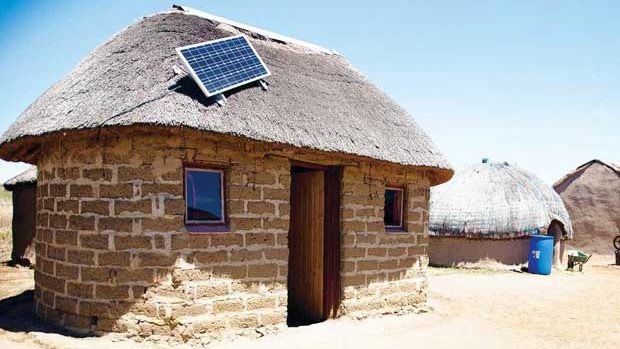India – The mother of natural resources observes about 300 sunny days in a year. Solar Energy is the biggest donor in removing energy poverty.
India receives approximately solar radiations of 5 to 7kWh/m2 in a year. The amount of solar radiation is received is a blessing in generating solar power of around 20MW/sq. km using Solar PV technology and about 35MW/sq. km using solar thermal generation.
Renewable energy is the only solution to the increasing energy challenges as they are abundant, in-exhaustible, and eco-friendly. Solar Energy in India is poised to take off exponentially because of the unique confluence of favourable Supply and Demand factors. The government has supported the development of solar energy strongly and firmly.
What is the need to electrify the rural areas?
The National Solar Mission aims to foster the use of solar energy for producing electricity. Solar energy can be introduced using two major technologies named solar thermal and solar photovoltaic Several products like Solar lanterns, street lights, blinkers, and traffic signals are to be manufactured under specifications laid down by MNRE to avail capital subsidy benefits.
Electricity is recognized as a basic human need and it is key to accelerating economic growth, generating employment, eliminating poverty, and enhancing human development. Lighting plays an important role in production hours of any household work like studies of your child and work of adults.
The availability of electricity works to the advantage of women in particular. Global evidence shows that proper lighting in the home and streets increases female literacy and educational attainments, their income-generating options and savings, and their safety and security in public places.

According to Sen’s capability framework, energy carriers, particularly electricity, can be understood as an input that expands one’s set of capabilities (by providing lighting and cooling, motive power, preserving food, and facilitating access to the mass media and telecommunications) and thus enables one to function effectively in society.
India has strong ambitions to enhance access to modern, secure, sustainable, and affordable energy to its growing population. Still millions of people in India lack access to modern energy.
As per the recent study by Union Power Ministry’s 5,510 villages in the country are yet not receiving electricity.

Solution
The Photovoltaic Microgrid is the one that can be used to lit up the rural areas of India. The Photovoltaic Microgrid consists of central energy generating unit, a smart control system that will distribute power to rural households.
Each house will be equipped with a smart meter that will interact with the central control system. This smart meter will work on Energy Daily Allowance and will in turn interact with central control systems.
A certain amount of energy will be allocated to the customer on daily basis and the smart meter can calculate the usage for the customers to consume the entire energy generated.
The Microgrids hold huge potential in rural areas of India. The setting up of solar panels in rural areas is cheaper and can be easily catered to the growing needs of rural India by bringing the generation source closer to end-users.
The rapid growth of solar energy is generating the need to establish solar systems that are way more efficient, cheaper, and therefore, eradicating the drawbacks that have prevented the worldwide use of solar energy.

